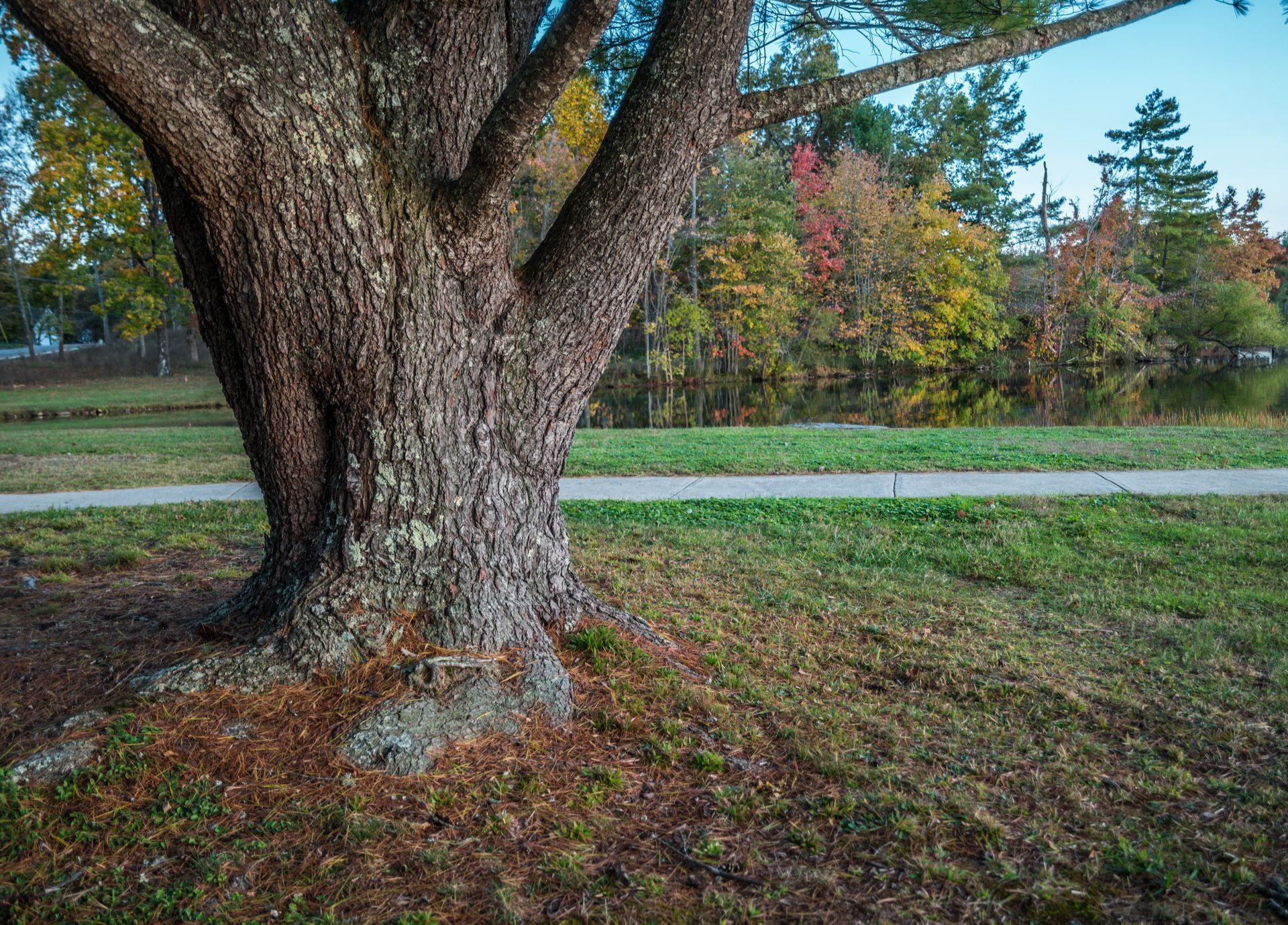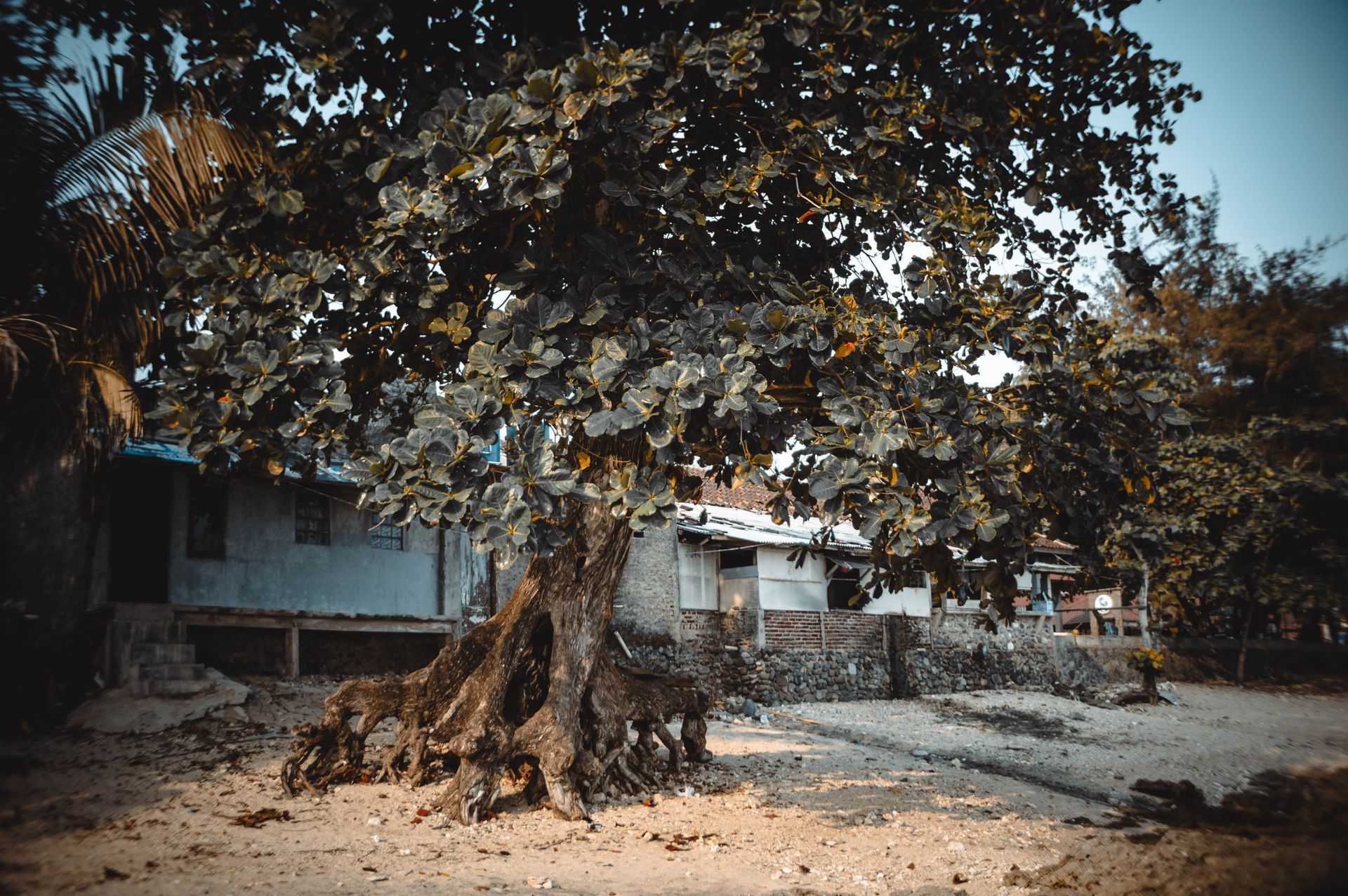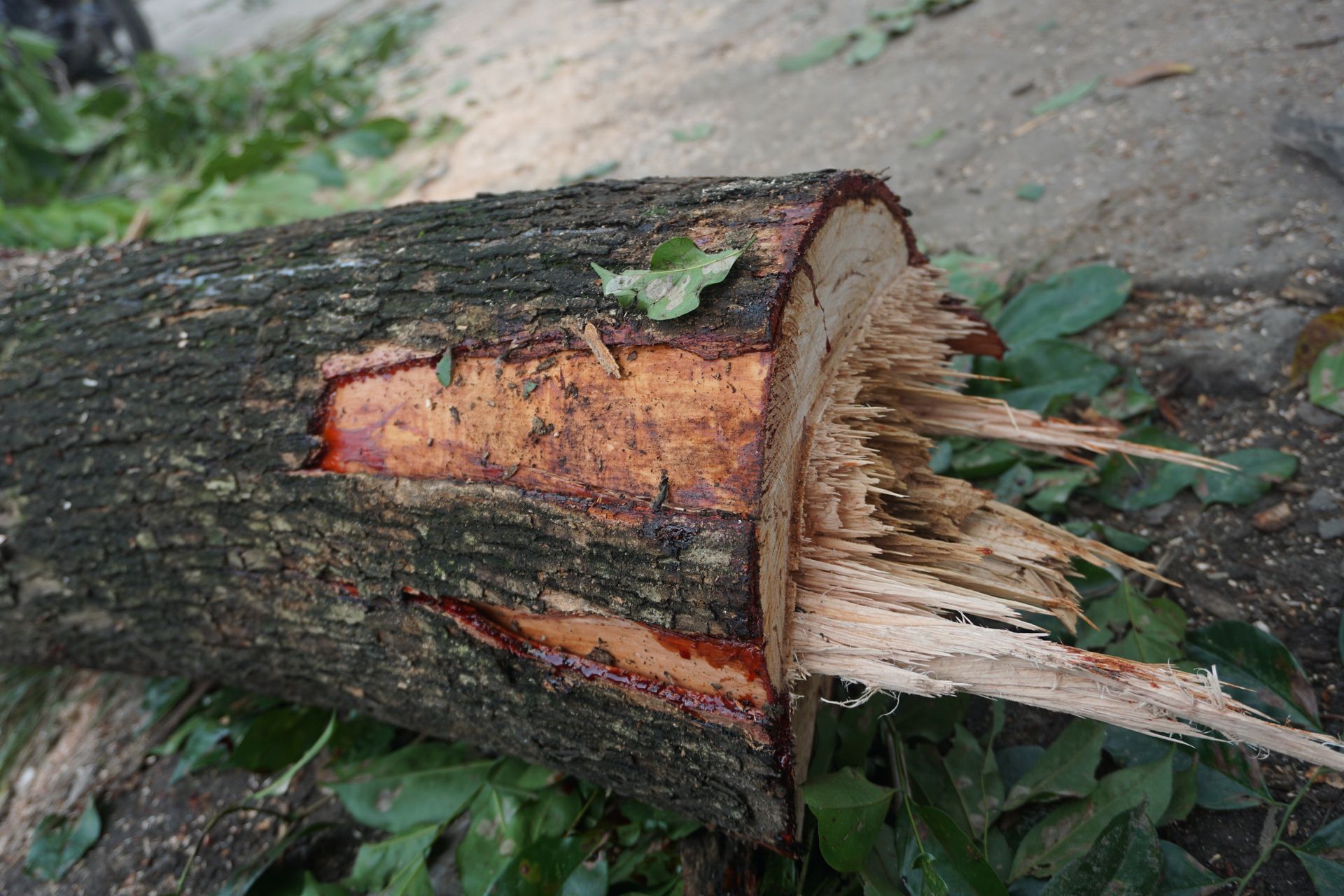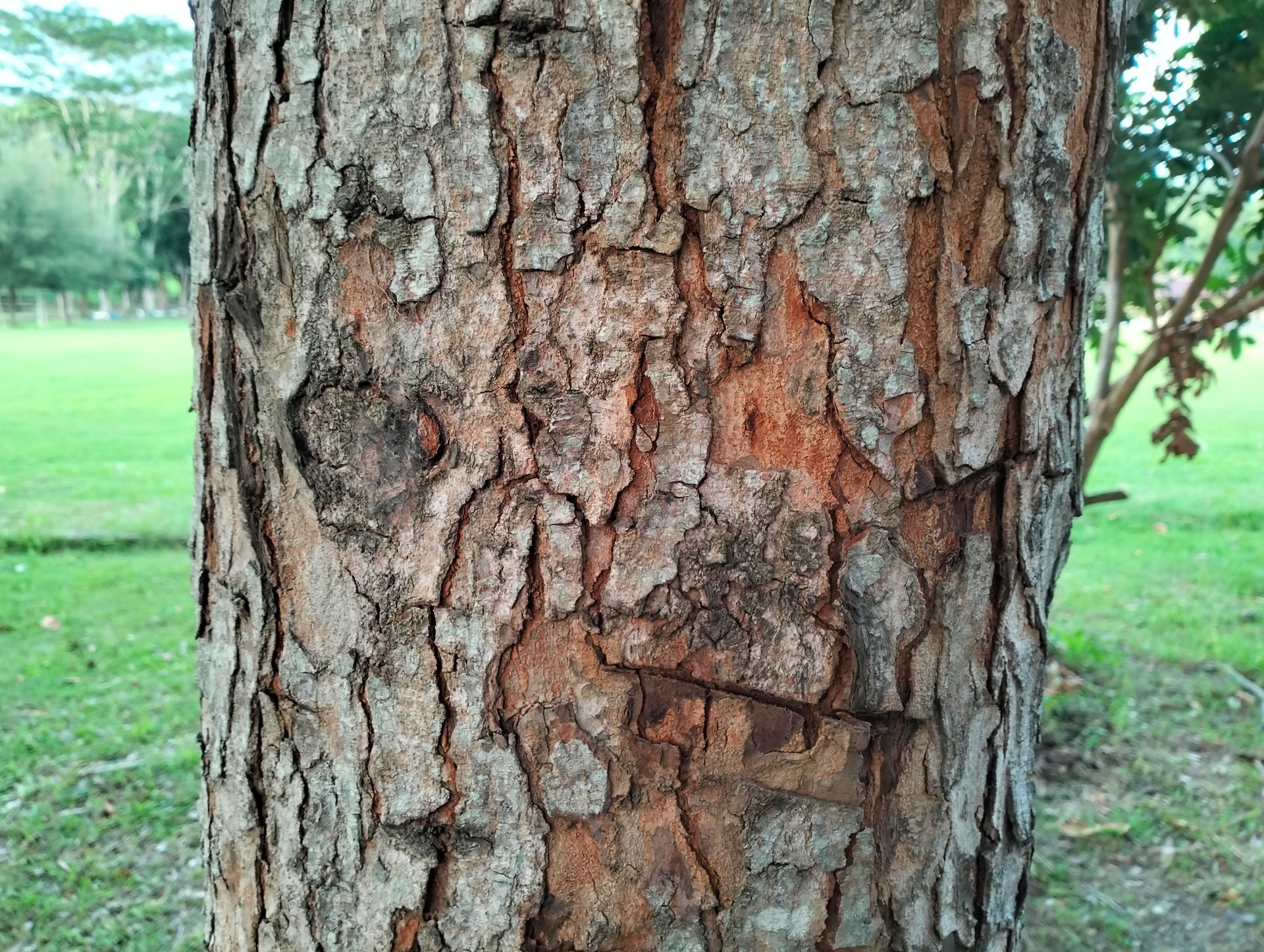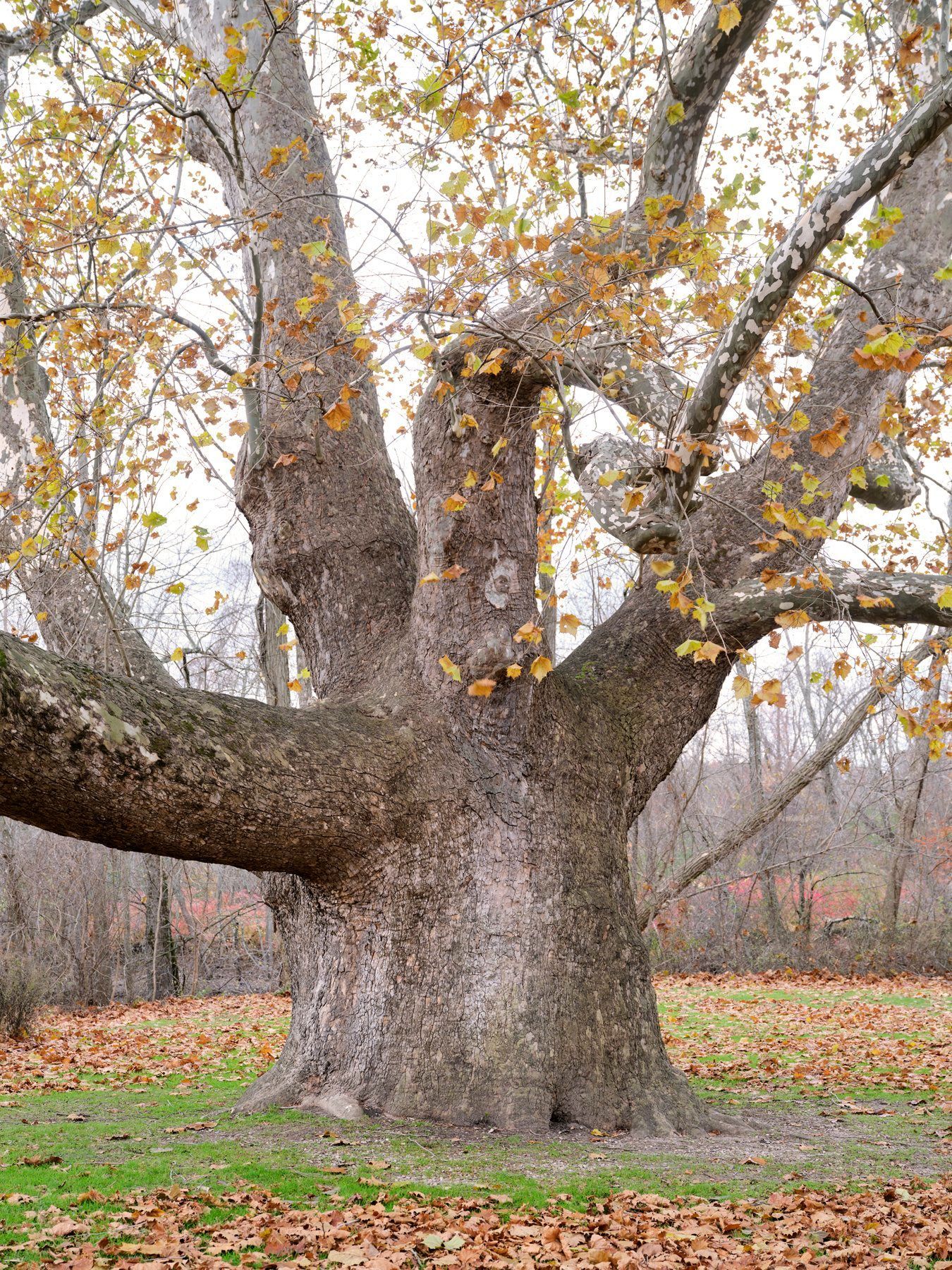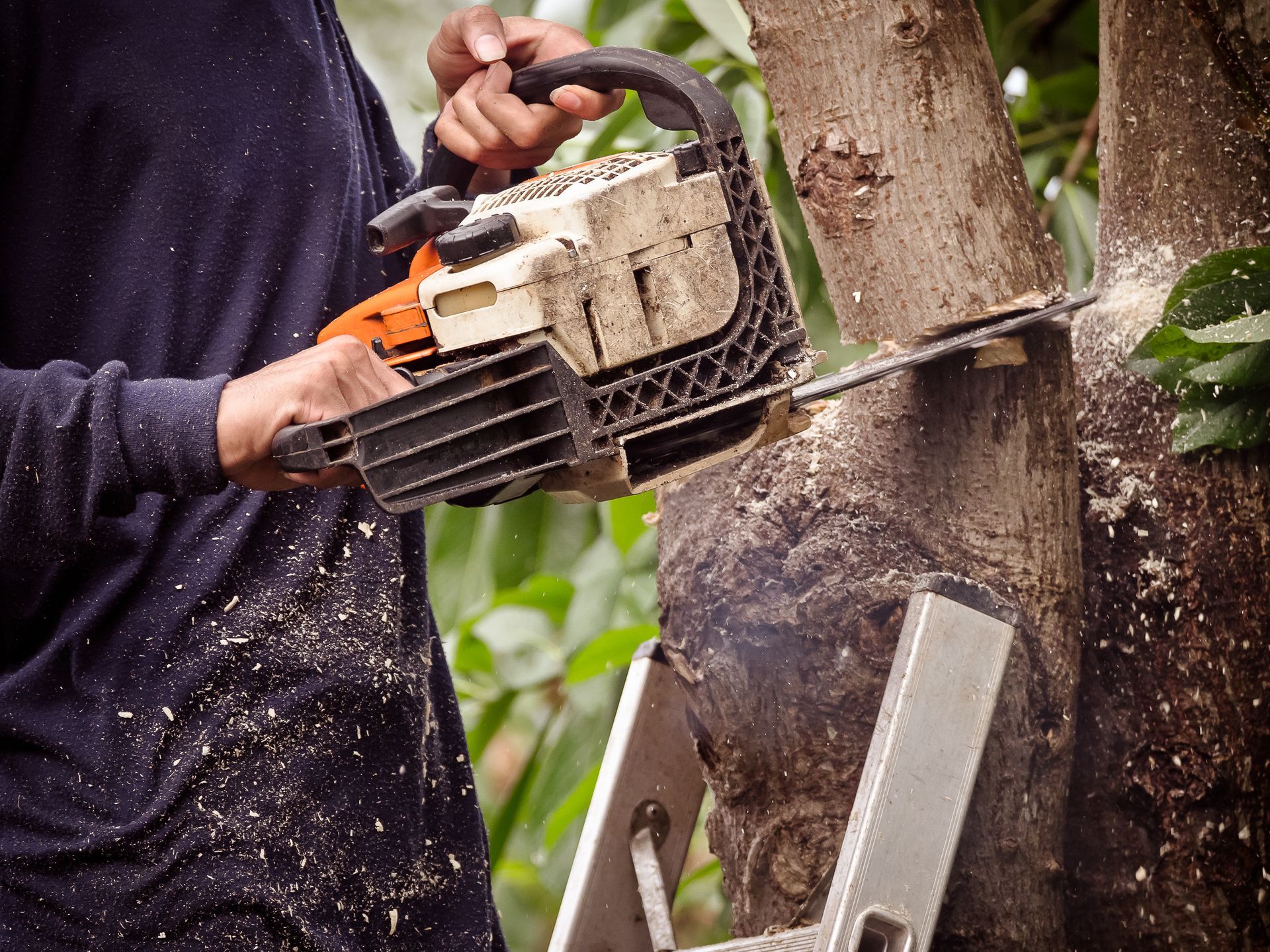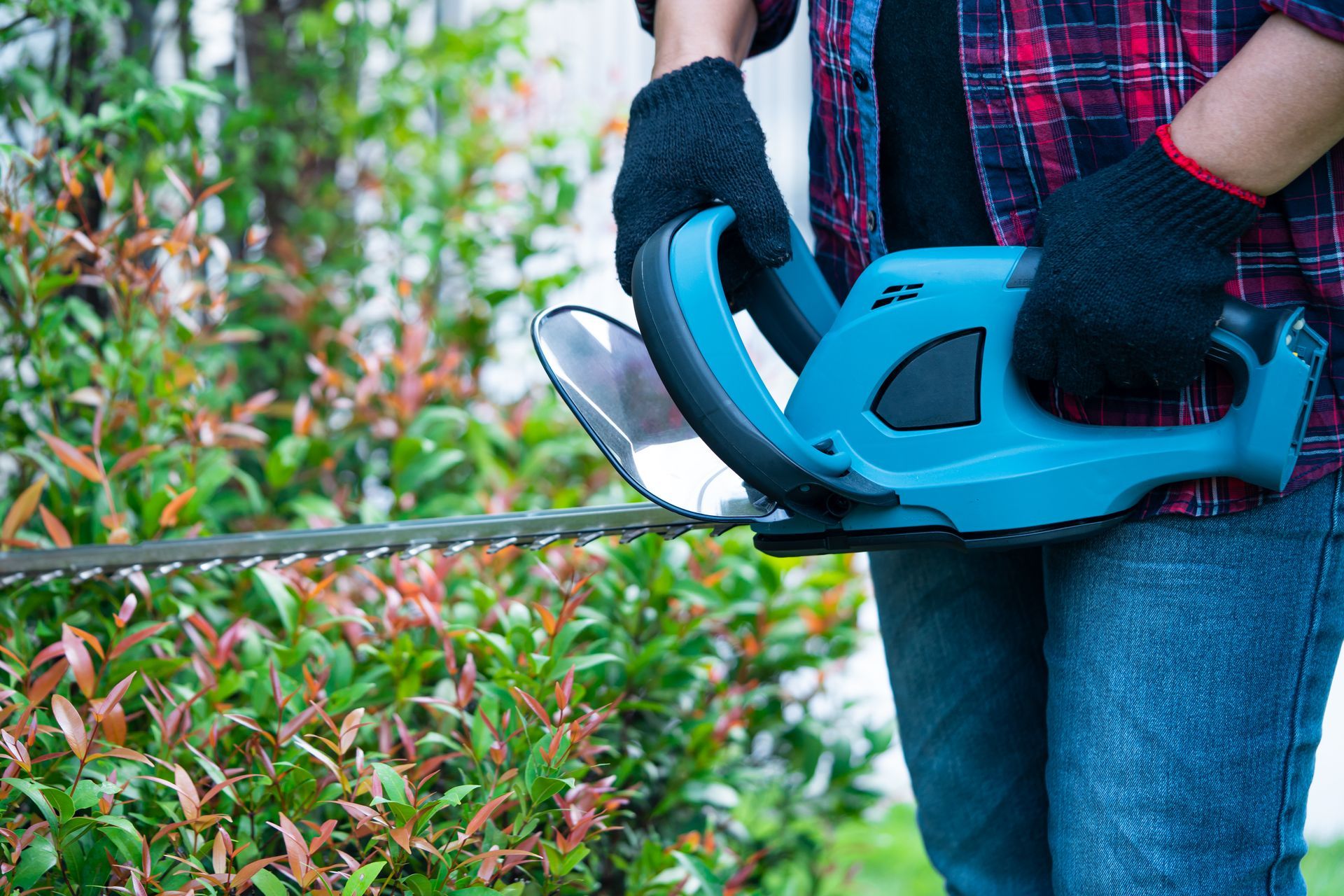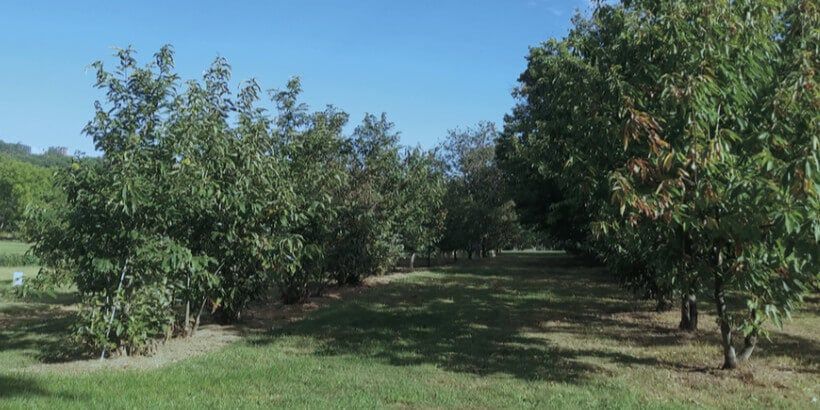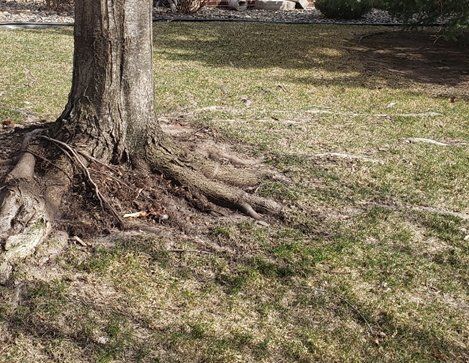Natural Tree Stump Killer
The Complete Guide to Natural Tree Stump Removal
Are you looking to get rid of those stubborn tree stumps in your yard without resorting to harsh chemicals? Natural tree stump killers offer a safe, eco-friendly alternative. In this comprehensive guide, we'll explore the best natural methods for removing tree stumps and how to use them effectively.
Why Choose Natural Tree Stump Killers?
Opting for natural stump removal methods comes with several advantages. They are safe for the environment, pets, and children, as they break down naturally without leaving harmful residues. Additionally, natural solutions are often more cost-effective than chemical treatments.
Top Natural Tree Stump Killers
Epsom Salt: This natural compound, also known as magnesium sulfate, can help decompose tree stumps. Drill holes into the stump and fill them with Epsom salt. Then, add water to dissolve the salt and expedite the decay process.
Rock Salt: Also called sodium chloride, rock salt is another effective natural stump killer. Drill holes into the stump and fill them with rock salt, then add water to dissolve the salt and speed up decomposition.
Vinegar: Vinegar contains acetic acid, which can break down the stump. Drill holes into the stump and pour undiluted vinegar into them. Cover the stump with a tarp to prevent evaporation and wait for it to decay.
Baking Soda: Sodium bicarbonate, or baking soda, can also aid in killing tree stumps. Create a paste by mixing baking soda with water and apply it to the stump. Cover the stump with a tarp to prevent evaporation and accelerate decay.
Boiling Water: Pouring boiling water over a tree stump can soften the wood and speed up decomposition. While this method may take longer than others, it can be effective with repeated applications.
How to Use Natural Tree Stump Killers
Prepare the Stump: Use a chainsaw or handsaw to cut the stump as close to the ground as possible, making it easier to apply the stump killer and speed up decomposition.
Drill Holes: Use a drill with a large bit to drill several deep holes into the top of the stump, allowing the stump killer to penetrate deep into the wood.
Apply the Stump Killer: Follow the manufacturer's instructions for application, pouring or applying the stump killer into the drilled holes and around the edges of the stump.
Wait for Decay: Cover the stump with a tarp to prevent evaporation and keep out rain. Check the stump periodically to monitor decay progress, which can take several weeks to several months.
Remove the Stump: Once the stump has fully decayed, remove it using a shovel or axe. The decayed wood should be soft and easy to break apart. Dispose of it in your compost pile or yard waste bin.
Conclusion
Natural tree stump killers provide a safe, environmentally friendly solution for removing tree stumps from your yard. By using products like Epsom salt, rock salt, vinegar, baking soda, and boiling water, you can effectively eliminate unsightly stumps without harming the environment. Follow the steps outlined in this guide for successful tree stump removal using natural methods.
